
loading...

These days, everything we use seems to come with the impressive tag of “smart.” We have smart TVs, smartphones, homes, cars, and, of course, some “smart” engineers making all of this possible.
But the real question arises when one begins to wonder, what exactly does “smart” mean? And what truly makes a technology smarter than the ones that came before it?
Is it the code that tells it what to do, or the tiny silicon chip that brings that code to life?
If you're a student stepping into the world of VLSI (Very Large Scale Integration), this is one of the most thrilling crossroads you’ll arrive at. Because understanding how technology becomes “smart” begins with understanding how a chip is born—from a line of logic to a living, breathing piece of silicon. And right at the center of that transformation are two powerful processes: RTL Design and Physical Design.
In this blog, we’ll break down both of these domains in a way that’s technically sound, but also easy to understand for beginners. So, let’s get started and build some real insight.
The very beginning of the chip design process is RTL Design, meaning Register Transfer Level Design. This stage focuses on describing how your digital circuit behaves, truly. Think of it as writing the script for a play: you’re defining what each character (component) will do, how they interact, and how the story (data) moves from one scene (register) to another.
In RTL Design, VLSI engineers write the logic of a chip using Hardware Description Languages (HDLs) like Verilog or VHDL. The goal here is not to define where things will be placed physically, but how the system behaves logically. You describe things like how data moves between registers, what operations are performed, and how components react to inputs.
Once the RTL design successfully passes all functional simulations and timing validations, it proceeds to the synthesis stage, where the high-level behavioural and structural code is transformed into a gate-level netlist. This synthesized netlist serves as the input for the subsequent phase of the VLSI flow: physical design.
Once the chip’s behaviour is locked down and error-free, it’s time to turn the script into a real structure. This is Physical Design, the part where engineers figure out how to physically place all those tiny circuit pieces on a silicon chip.
It's more or less like arranging all the rooms, hallways, and wiring in a house, but at a microscopic scale. Engineers here decide:
The process involves multiple complex steps:
Physical Design is the backend stage of VLSI, and it deals with the physical implementation of your logical design.
Here, engineers take the netlist (the output of synthesis) and decide where to place each component and how to connect them with metal wires on the chip. This stage is less about logic and more about layout planning, routing paths, power consumption, and chip area.
At a fundamental level, the biggest difference between RTL Design and Physical Design lies in abstraction and focus.
-RTL Design is all about defining what the circuit should do. It lives in the world of digital logic and abstraction. Engineers here write and verify code to describe behaviours without worrying about physical constraints.
-Physical Design, on the other hand, is where things get real literally. Engineers take the verified logic and focus on how it will be implemented on a chip. They must deal with real-world challenges like power leakage, wire delays, and silicon limitations.
The tools used in both processes are also quite different:
This is one of the most common questions VLSI students ask, and rightfully so. Both RTL and Physical Design offer exciting, challenging, and high-paying career paths. But they require different mindsets and skill sets.
RTL Design might suit you better if:
Physical Design might be your calling if:
In terms of salary and demand, entry-level RTL Design roles in India typically offer ₹7–10 LPA, while physical design roles start around ₹8–12 LPA. As you gain experience, RTL engineers may earn ₹10–15 LPA, while physical design engineers can go up to ₹12–16 LPA.
At senior levels, RTL experts can earn ₹12+ LPA, while physical design specialists often exceed ₹18 LPA due to the specialized nature of the work.
It’s worth noting that physical design tends to command slightly higher salaries, not because it’s “better,” but because the skill set is rarer and highly critical to chip production.
India is rapidly stepping into the semiconductor manufacturing arena, with ambitious plans to build its own chip fabrication labs. Recent government initiatives and policies like the Production Linked Incentive (PLI) scheme for semiconductors and electronics are fueling investments and encouraging companies to set up local manufacturing units.
Though large-scale chip fabrication is still in its early stages in India, this new phase opens exciting and lucrative opportunities for VLSI engineers.
Because the semiconductor ecosystem here is just taking shape, the demand for skilled professionals who understand chip design, from RTL to physical implementation, is expected to soar. Startups, design service companies, and government-backed projects are actively seeking engineers with strong fundamentals who can innovate and adapt to this evolving industry.
While the semiconductor journey in India is new and challenging, that very freshness makes it a golden chance for engineers to grow, lead, and shape the future of electronics in the country. If you’re passionate about designing the brains behind smart devices, now is the perfect time to jump in and be part of this transformative wave.
Both RTL and Physical Design play crucial roles in the semiconductor industry, forming the backbone of how chips are created and optimized. But VLSI is much more than just theory; it’s a hands-on, ever-evolving field where practical skills and real-world problem-solving matter most.
To dive deeper and truly master these areas, consider enrolling in Online VLSI Training by FutureWiz. All the programs are designed to take you from the basics of digital logic and Verilog coding to advanced concepts in chip layout and optimization, preparing you for lucrative opportunities in the industry. Start by understanding the fundamentals in very student friendly manner, practice consistently, and stay curious.
 A to Z on India, Japan & the Future of Semiconductor Industry: A New Chapter in Tech Collaboration
A to Z on India, Japan & the Future of Semiconductor Industry: A New Chapter in Tech Collaboration
 RTL Design vs Physical Design: What's the Real Difference?
RTL Design vs Physical Design: What's the Real Difference?
 The Future of the Semiconductor Industry: What Indian Students Should Know
The Future of the Semiconductor Industry: What Indian Students Should Know
 Top 7 Career Paths After Completing a VLSI Course
Top 7 Career Paths After Completing a VLSI Course
 Best Time Management Tips for Students Preparing for VLSI Careers
Best Time Management Tips for Students Preparing for VLSI Careers
 Mastering VLSI Physical Design: A Comprehensive Course Overview
Mastering VLSI Physical Design: A Comprehensive Course Overview
 The Complete FPGA and ASIC Guide
The Complete FPGA and ASIC Guide
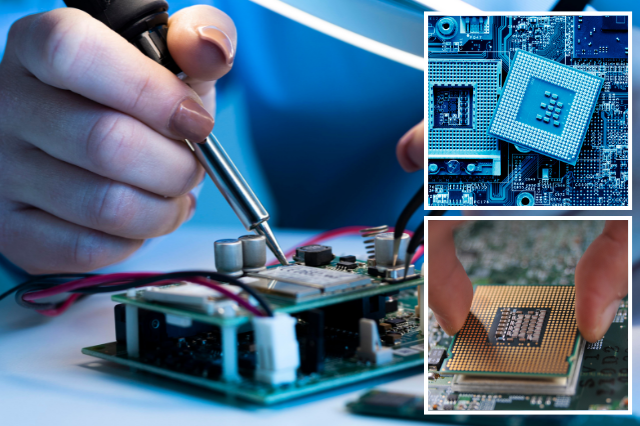 Verilog Essentials: Mastering the Fundamentals of Hardware Description Language
Verilog Essentials: Mastering the Fundamentals of Hardware Description Language
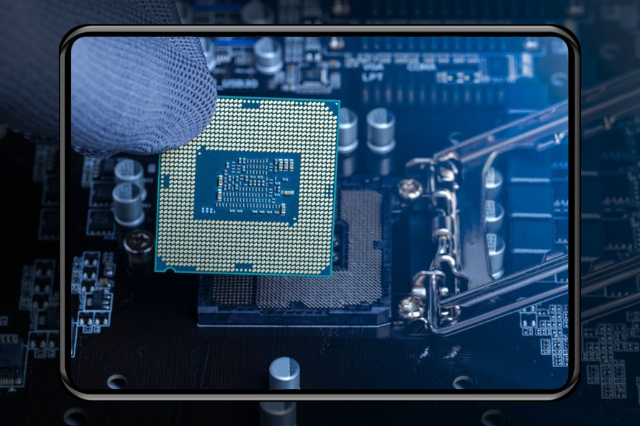 Unleashing the Power of System Verilog: A Comprehensive Guide for Aspiring Designers
Unleashing the Power of System Verilog: A Comprehensive Guide for Aspiring Designers
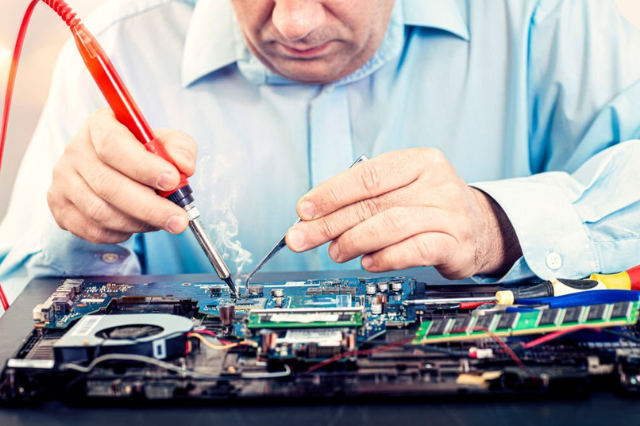 Demystifying VLSI chip Design: Exploring the Core Concepts of VLSI Courses
Demystifying VLSI chip Design: Exploring the Core Concepts of VLSI Courses
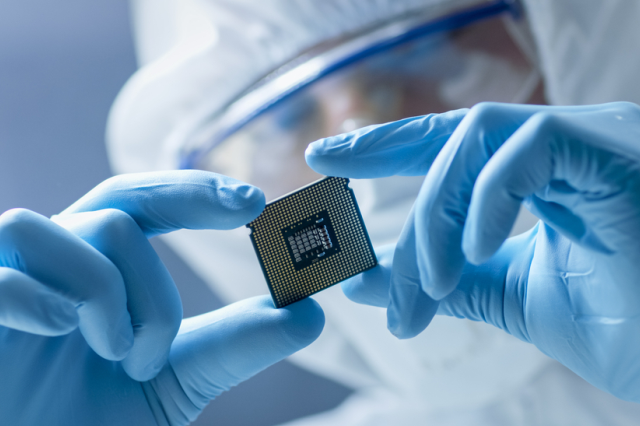 Basics of VLSI - An Ultimate Guide
Basics of VLSI - An Ultimate Guide
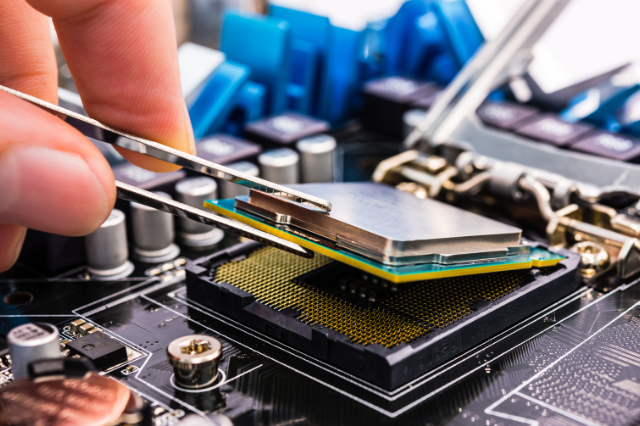 Career Prospects After Completing A VLSI Course
Career Prospects After Completing A VLSI Course
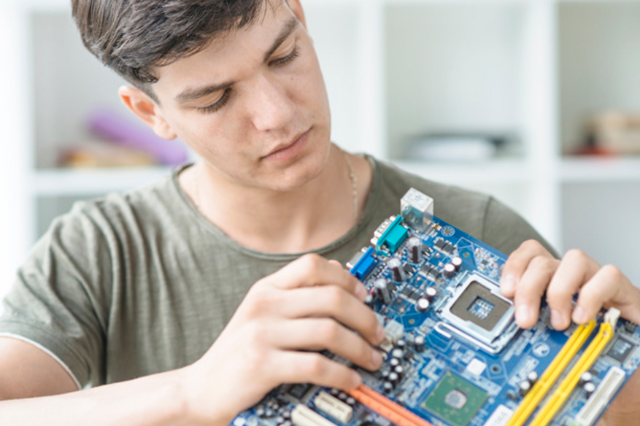 Top 5 Reasons To Take Up A Professional VLSI Course
Top 5 Reasons To Take Up A Professional VLSI Course
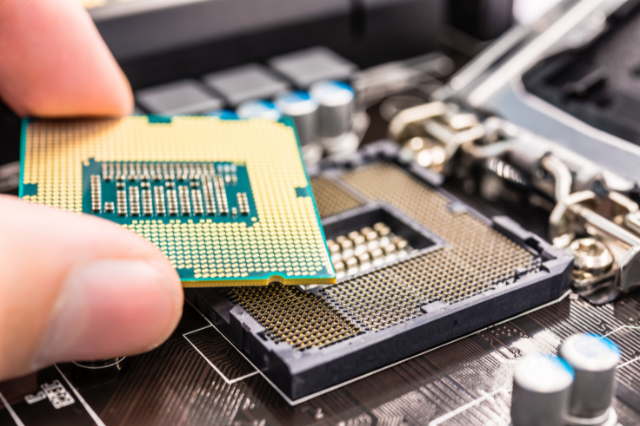 Mastering VLSI Design: A Comprehensive Guide To Understanding Complex Integrated Circuits
Mastering VLSI Design: A Comprehensive Guide To Understanding Complex Integrated Circuits
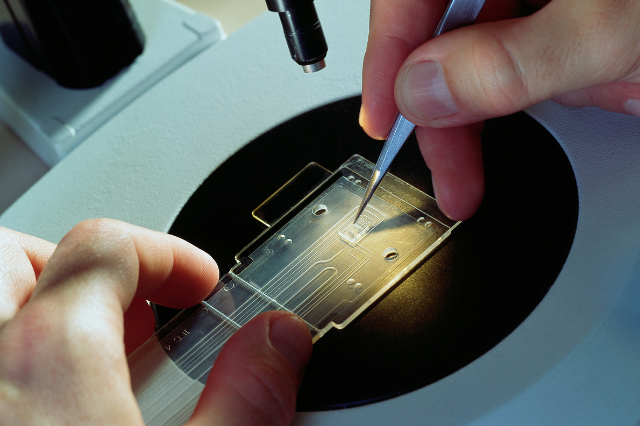 Future-Proof Your Career With A VLSI Course: How Learning About Integrated Circuits Can Boost Your Job Prospects?
Future-Proof Your Career With A VLSI Course: How Learning About Integrated Circuits Can Boost Your Job Prospects?
 System Verilog: An Overview
System Verilog: An Overview
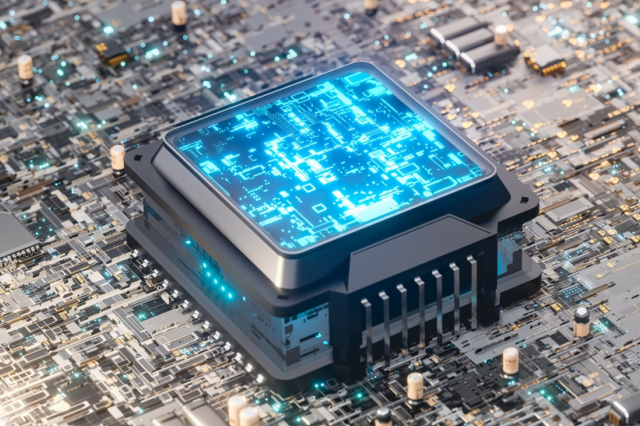 Introduction to Hardware Description Language (HDL)
Introduction to Hardware Description Language (HDL)
 Unlock The Potential Of VLSI Design With An Integrated VLSI Course Online
Unlock The Potential Of VLSI Design With An Integrated VLSI Course Online
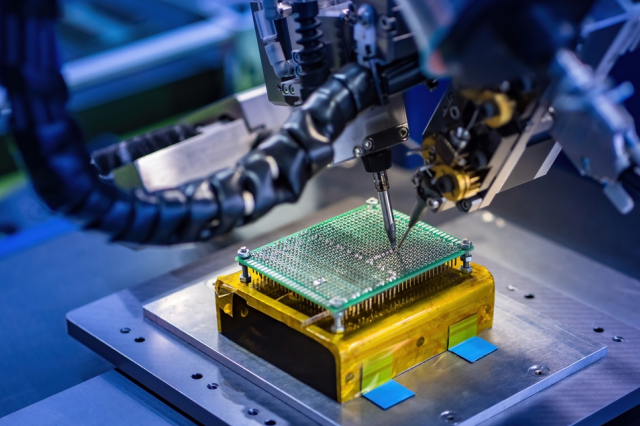 Universal Verification Methodology:An Efficient Verification Approach
Universal Verification Methodology:An Efficient Verification Approach
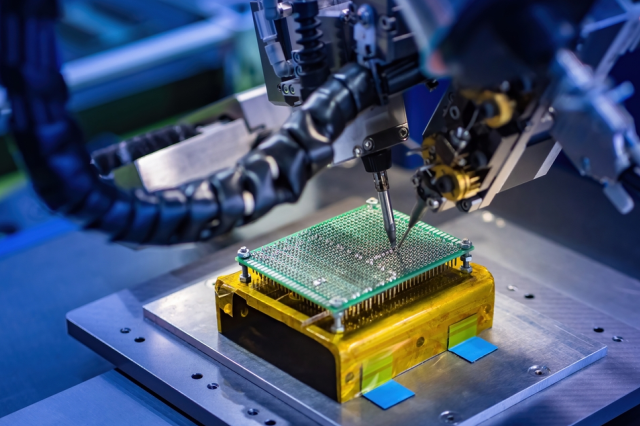 How to Write a Verilog Module for Design and Testbench
How to Write a Verilog Module for Design and Testbench




